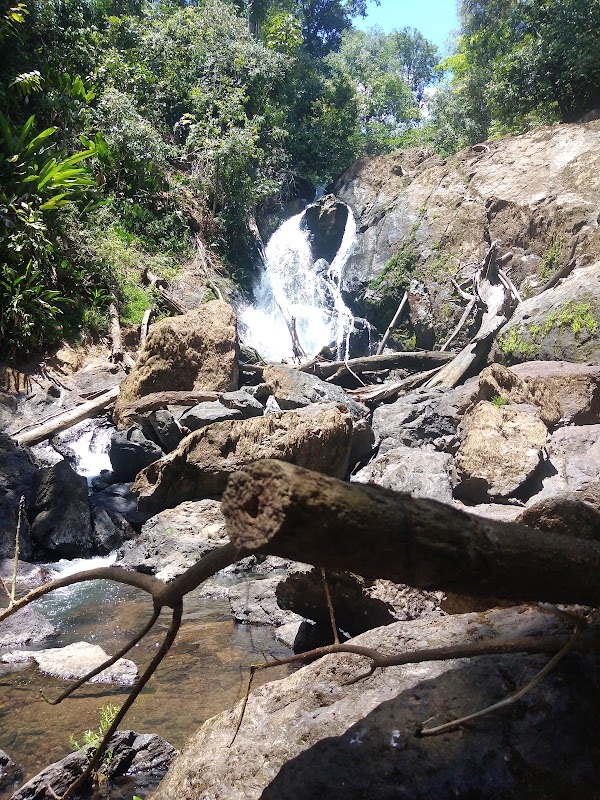Top Snorkeling and Kayaking Adventures on Drake Bay’s Coastal Reefs and Mangroves
Drake Bay offers an unparalleled blend of snorkeling and kayaking adventures amid thriving coral reefs and labyrinthine mangroves. Discover practical tips alongside vivid experiences that prepare you to engage directly with one of the Pacific Coast’s most lively and challenging marine environments.
Paddle With the Tide
Plan your kayaking around incoming tides for easier navigation through mangroves and to access reefs more comfortably.
Use Reef-Safe Sunscreen
Protect marine life by choosing biodegradable, reef-safe sunscreen that won’t harm coral or wildlife.
Wear Quick-Dry Footwear
Opt for sturdy water shoes or sandals that dry fast and protect feet from sharp rocks and slippery roots.
Bring a Waterproof Bag
Keep your essentials dry and protected from splash during kayaking or unexpected rain showers.
Top Snorkeling and Kayaking Adventures on Drake Bay’s Coastal Reefs and Mangroves
Drake Bay, on Costa Rica’s remote Osa Peninsula, stands as a gateway to vibrant coastal reefs and tangled mangroves that invite explorers to slip into warm Pacific waters and paddle beneath a canopy where land and sea collide. Here, the reefs don’t just sit quietly—they pulse with life, offering clear views of darting fish, curious rays, and occasionally, the slow glide of sea turtles that make these waters their home. Kayakers find themselves weaving through twisting mangrove roots, where agile crabs scuttle like tiny sentinels, and birds call out from branches that dip and sway over shallow channels. This dynamic landscape dares you to move with it, challenging every stroke with shifting tides and currents that push forward, reminding you this is nature at work—not a backdrop.
For those planning your excursion, consider starting at Boca Tapada, where calm waters and protected reefs form ideal snorkeling spots. Expect visibility ranging between 10 to 20 meters depending on season, perfect for observing colorful sponges and schools of parrotfish. Venturing into mangrove channels requires a kayak capable of nimble turns—usually 3 to 5 kilometers of paddling through narrow waterways though gently sloping muddy banks can limit access after heavy rains.
Timing is key: early mornings bring glassy water and cooler air, giving you a better chance to spot elusive creatures like octopus hiding in crevices. Don’t underestimate the sun either; pack waterproof sunscreen and stay hydrated as you’ll be exposed when navigating open waters. Footwear that dries quickly is essential for this semi-wet environment, plus a lightweight, breathable top will help guard against both heat and scrapes from mangrove branches.
Experienced paddlers can push further out past the reefs to encounter small schools of dolphins and even glimpses of humpback whales during winter months when migration coincides with calmer seas. Beginners should pick guided tours that know the currents and reef boundaries well, ensuring safety without cutting into the thrill. In every paddle, every stroke connects you with a coastline fiercely itself—fluid, demanding respect, and generous with its rewards.
Nearby Trips
All Adventures
Boat Charters
Water Activities
Adventures near Puerto Jiménez
Discover the unique and memorable adventures that make Puerto Jiménez special.
Frequently Asked Questions
What wildlife can I expect to see while snorkeling and kayaking?
Expect vibrant reef fish like parrotfish and angelfish, sea turtles grazing on algae, playful dolphins near reef edges, and in mangroves, a variety of birds including herons and kingfishers. Watch carefully for octopuses and small rays hiding in crevices.
Are guided tours necessary or can I explore independently?
While experienced paddlers comfortable with tides and currents can explore independently, guided tours are recommended for beginners to navigate safely, learn local ecology, and locate best snorkeling spots.
How can I avoid disturbing the mangroves and reefs during my trips?
Respect marked routes, avoid touching coral or wildlife, keep a safe distance, and use reef-safe sunscreens. Mangrove ecosystems are delicate, so minimize paddling in very shallow or muddy areas to prevent damage.
What are the best times of day to snorkel and kayak here?
Early mornings provide calmer waters and excellent visibility for snorkeling, while late afternoons can offer unique lighting for wildlife spotting. Midday sun requires proper sun protection.
What should I bring to prepare for sudden weather changes?
Pack a lightweight rain jacket or poncho, waterproof bags for valuables, and quick-dry layers. Coastal weather can shift rapidly, especially in the wet season.
Is there anywhere to rest or take breaks during kayaking routes?
Several small sandy banks along mangrove channels and sheltered reef inlets serve as natural rest spots where you can stretch, hydrate, and enjoy the surroundings before continuing.
Recommended Gear
Sturdy Sit-On-Top Kayak
Offers stability and maneuverability needed to explore reefs and winding mangrove waterways safely.
Snorkel Set with Mask and Fins
Enables clear observation of underwater reef life; fins help conserve energy when currents challenge swimmers.
Waterproof Dry Bag
Protects valuables and electronics from water exposure during paddling or unexpected splashes.
Quick-Dry Clothing
Breathable, moisture-wicking shirts and shorts reduce discomfort from wet conditions and guard against sunburn.
Local Insights
Hidden Gems
- "A less-traveled mangrove channel near Zapatero Island offers quiet solitude and excellent birdwatching."
- "Cueva del Silencio, a small sea cave near the reef, gives adventurous snorkelers a unique underwater passage to explore."
Wildlife
- "Look for the blue morpho butterfly fluttering near shorelines and the occasional toucan perched in the mangrove canopy."
- "The mangroves are home to the rare three-wattled bellbird, known for its haunting calls audible at dawn."
History
"Drake Bay is named after the English sea captain Sir Francis Drake, who is said to have hidden his ships here while raiding Spanish treasure fleets in the 16th century."

